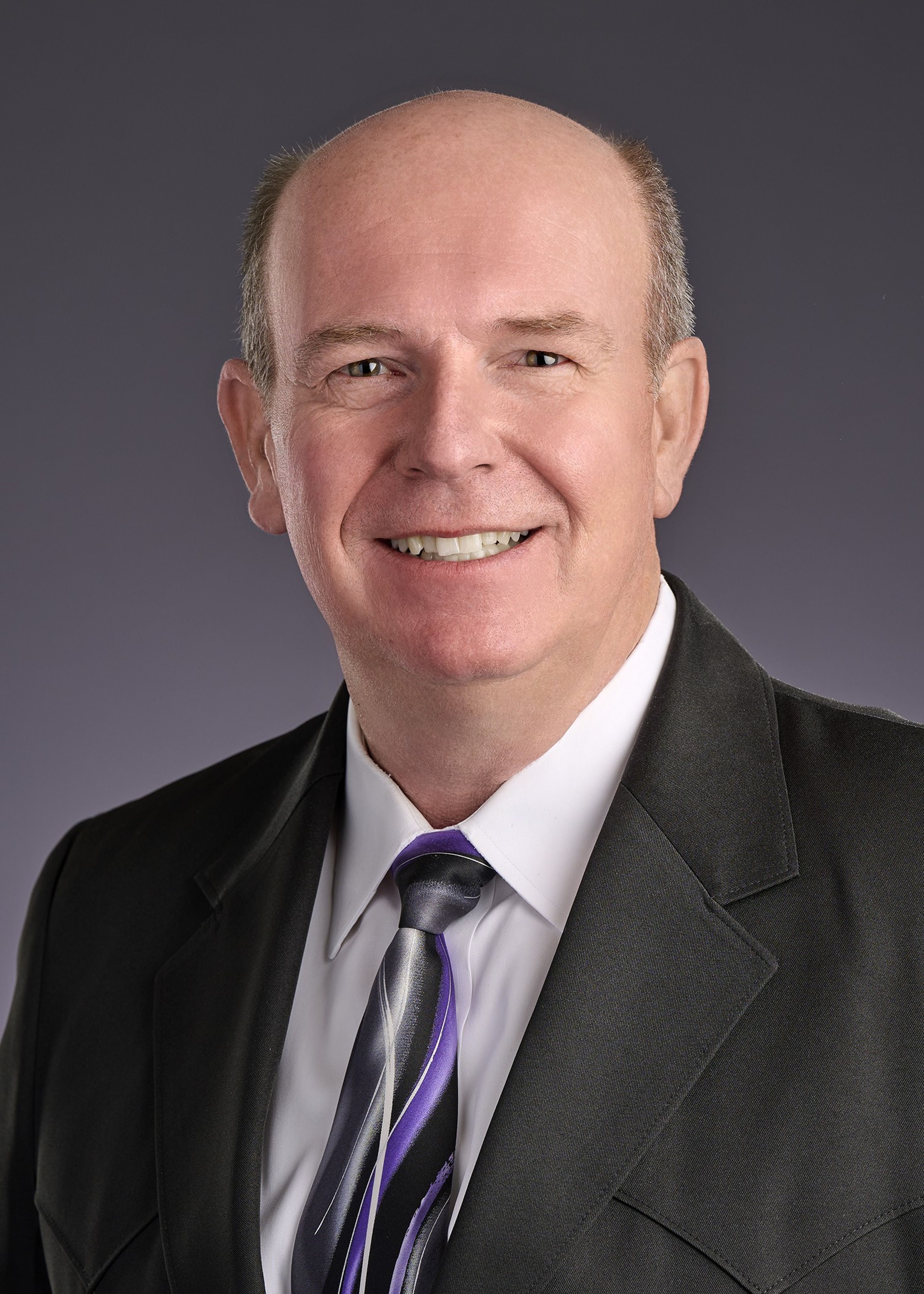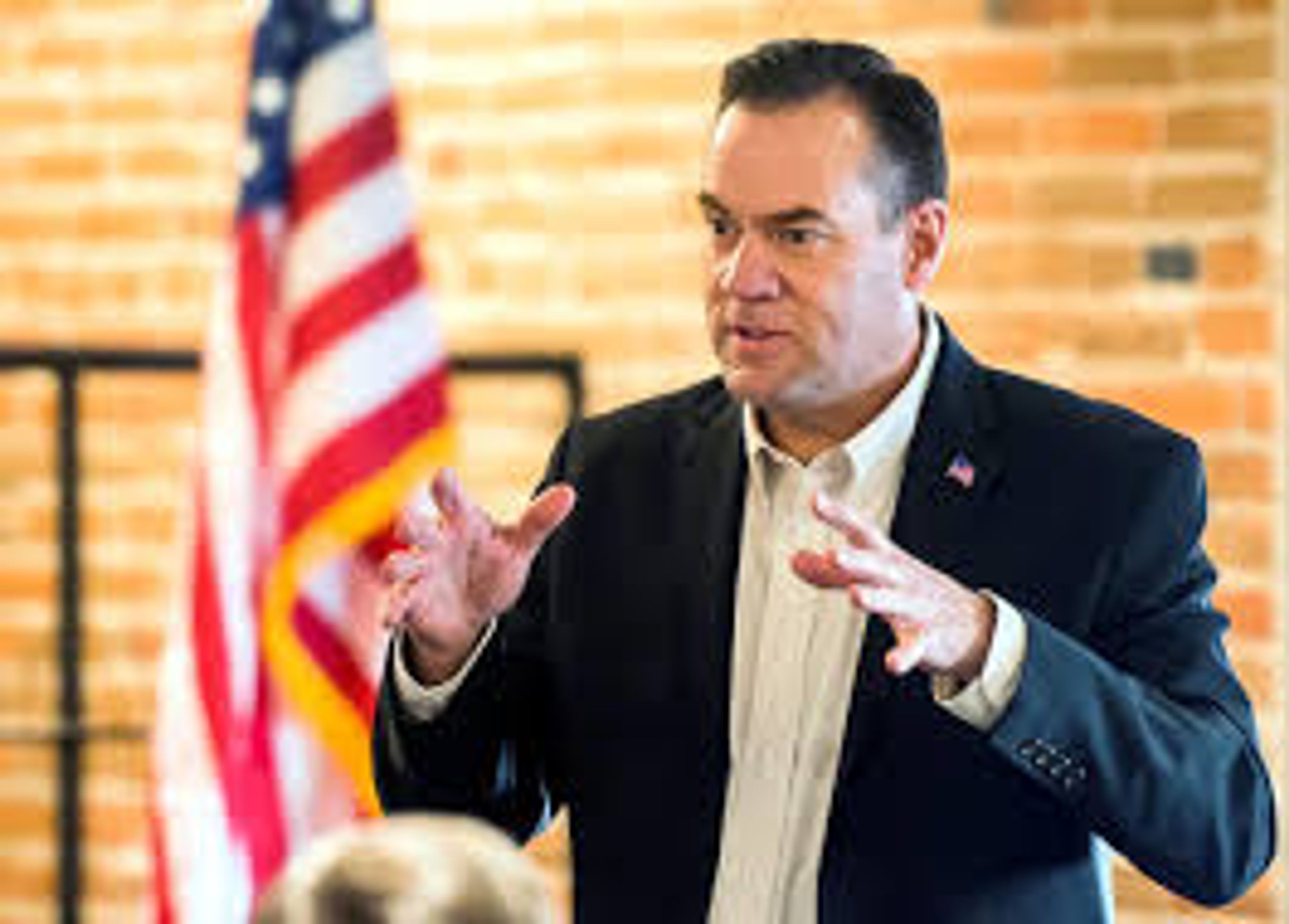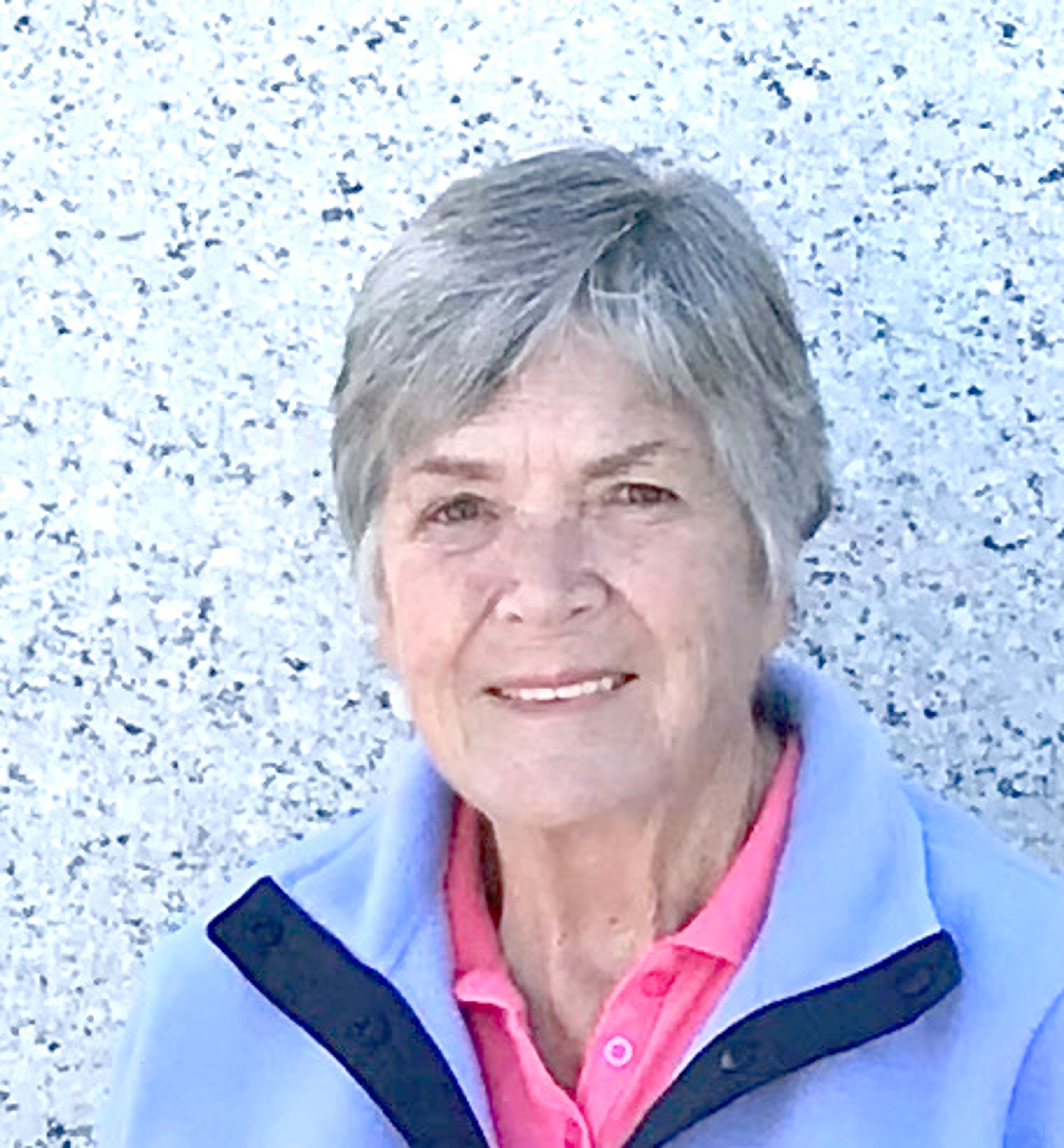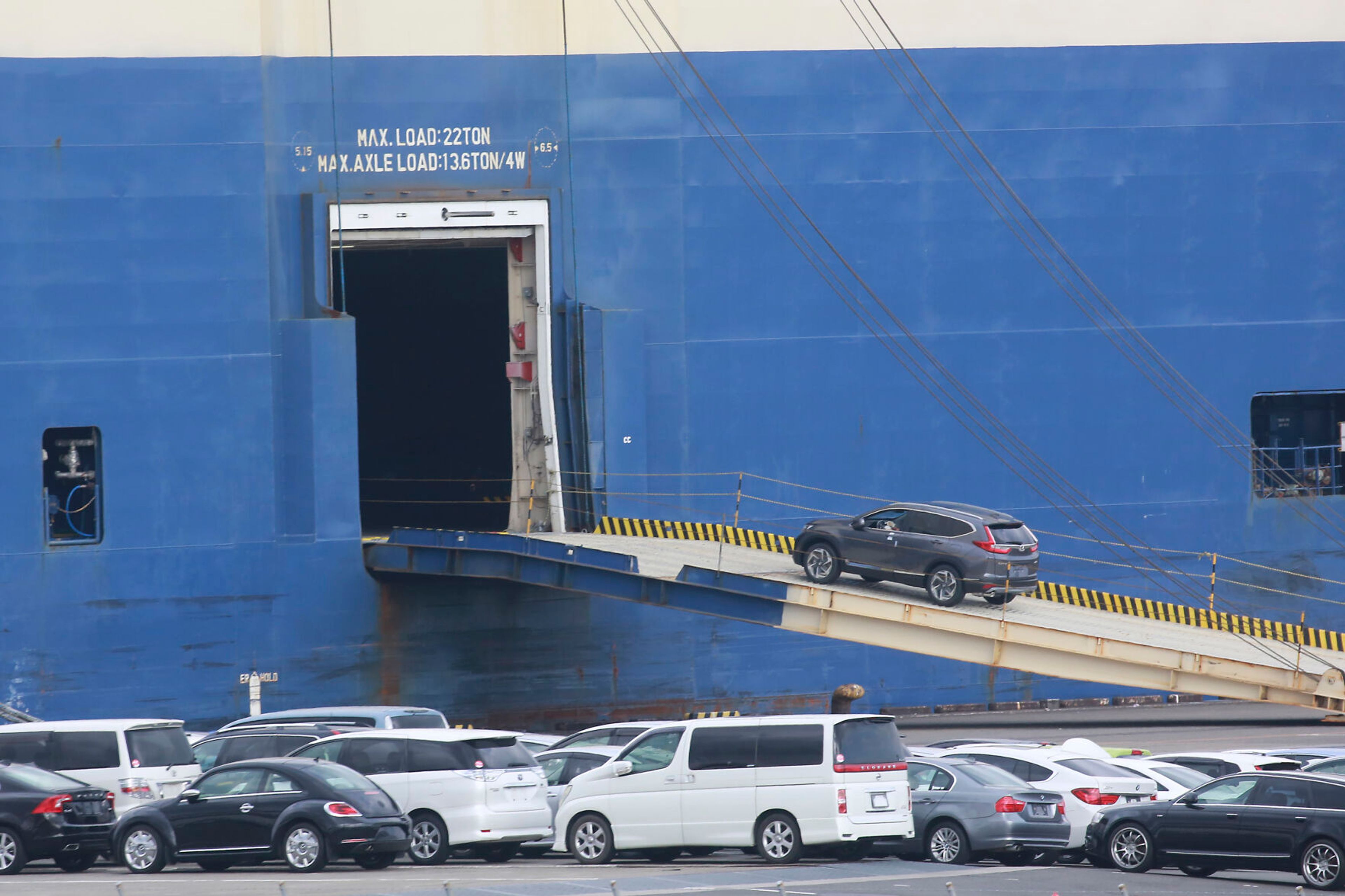This editorial was published in The Columbian of Vancouver, Wash.
———
According to various estimates, electricity demand in the United States is expected to increase by at least 30% over the next decade. Extreme weather is increasing the use of air conditioning in the summer and heating systems in the winter; electric vehicles require charging; and the digital revolution, which includes high-tech data centers and countless hand-held devices, adds to the strain on an aging and outdated electrical grid.
That calls for action, such as the Biden administration’s recent announcement of the Federal-State Modern Grid Deployment Initiative in conjunction with 21 states, including Washington.
The goal is to “help drive grid adaptation quickly and cost-effectively to meet the challenges and opportunities that the power sector faces.” As media outlet States Newsroom explains: “In exchange for federal technical and financial assistance opportunities, participating states will ‘prioritize efforts that support the adoption of modern grid solutions to expand grid capacity and build modern grid capabilities on both new and existing transmission and distribution lines.’ ”
The importance of the effort can be seen in Washington. Our state has made great strides in developing alternative energy, working to supplant fossil fuels with wind and solar energy. State government has promoted electric vehicles and raised awareness of climate change. But regardless of how the electricity is generated, those efforts can be undermined if customers are unable to access it because of an unreliable grid.
In 2022, the Legislature unanimously passed House Bill 1623, which would have examined the future reliability of the state’s grid. Gov. Jay Inslee vetoed the legislation, saying that it was redundant: “For example, the Department of Commerce and the Utilities and Transportation Commission already convene annual meetings to review resource adequacy needs. And, under the Clean Energy Transformation Act, the Department of Commerce is required to provide a report to the Legislature every four years on this issue. All of this work is in addition to the annual resource adequacy assessment conducted by the Northwest Power and Conservation Council.”
In spite of that, the Pacific Northwest Utilities Conference Committee and the Northwest Power and Conservation Council both have sounded an alarm about the need to increase storage capacity and transmission capacity.
When it comes to economies of scale in such energy, it makes sense for the federal government to be involved. As White House officials noted last week, “Grid modernization can be encumbered by legacy policies and technologies designed for a time when electricity demand was much more static than it is today.”
It is notable that all 21 states to join the initiative have Democratic governors. While differing political philosophies can result in different opinions about our nation’s energy future, this is a national issue that requires cooperation between states. It also requires the kind of innovation that only a large-scale initiative can generate.
For example, the electrical grid in Texas is managed by private companies, rather than public entities. That fierce free-market independence has resulted in an inordinate number of deadly power outages when electricity is most needed.
Electricity transmission is essential to a growing economy and is a matter of national security. Whether this initiative effectively addresses those concerns or amounts to little more than hot air remains to be seen, but improvements are imperative.
TNS








